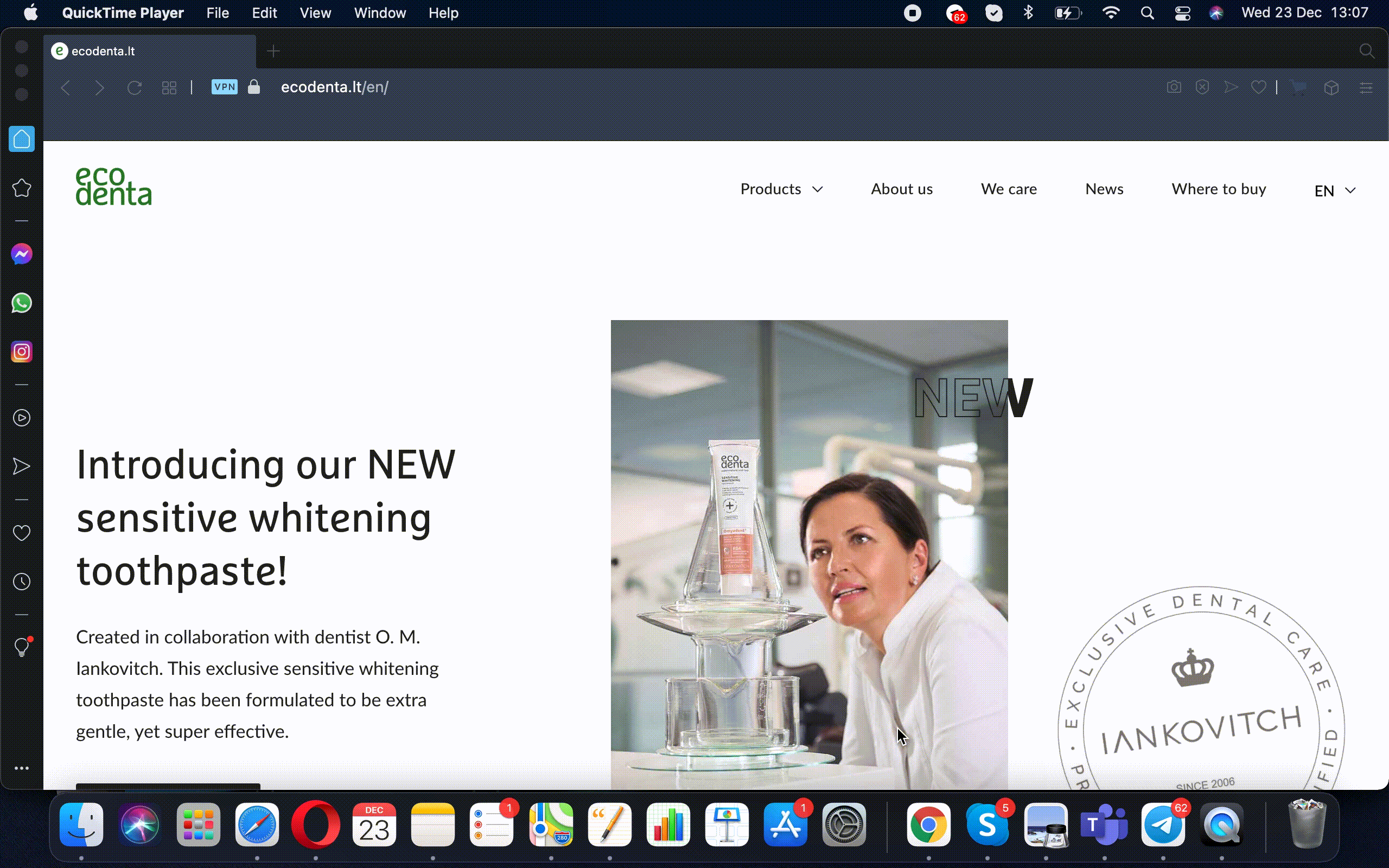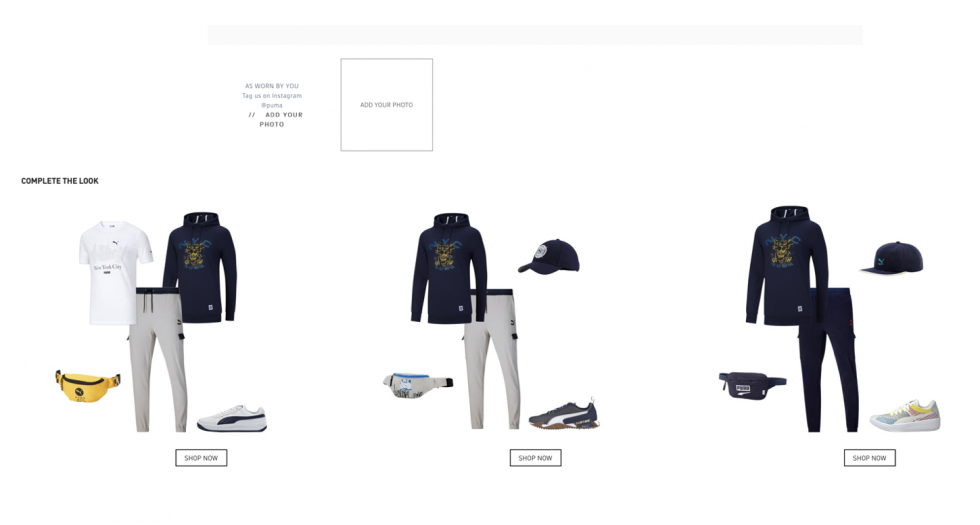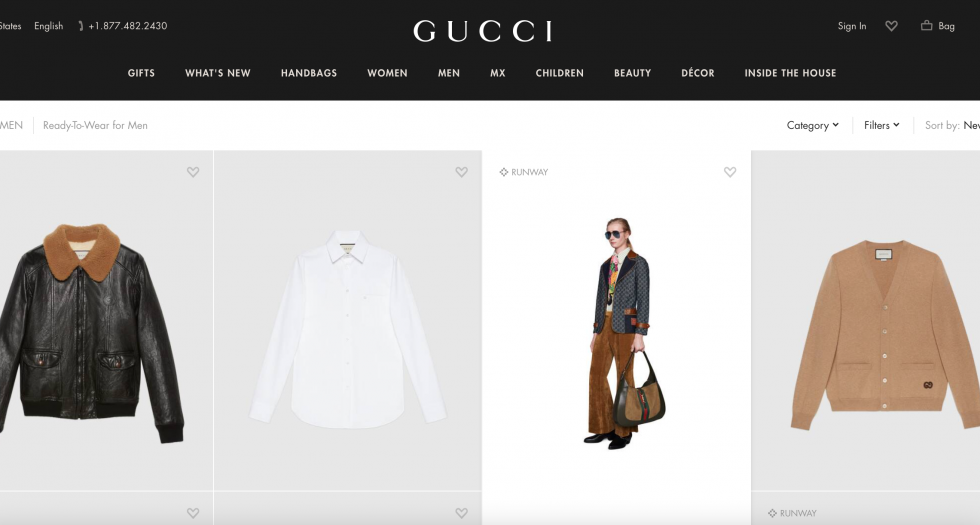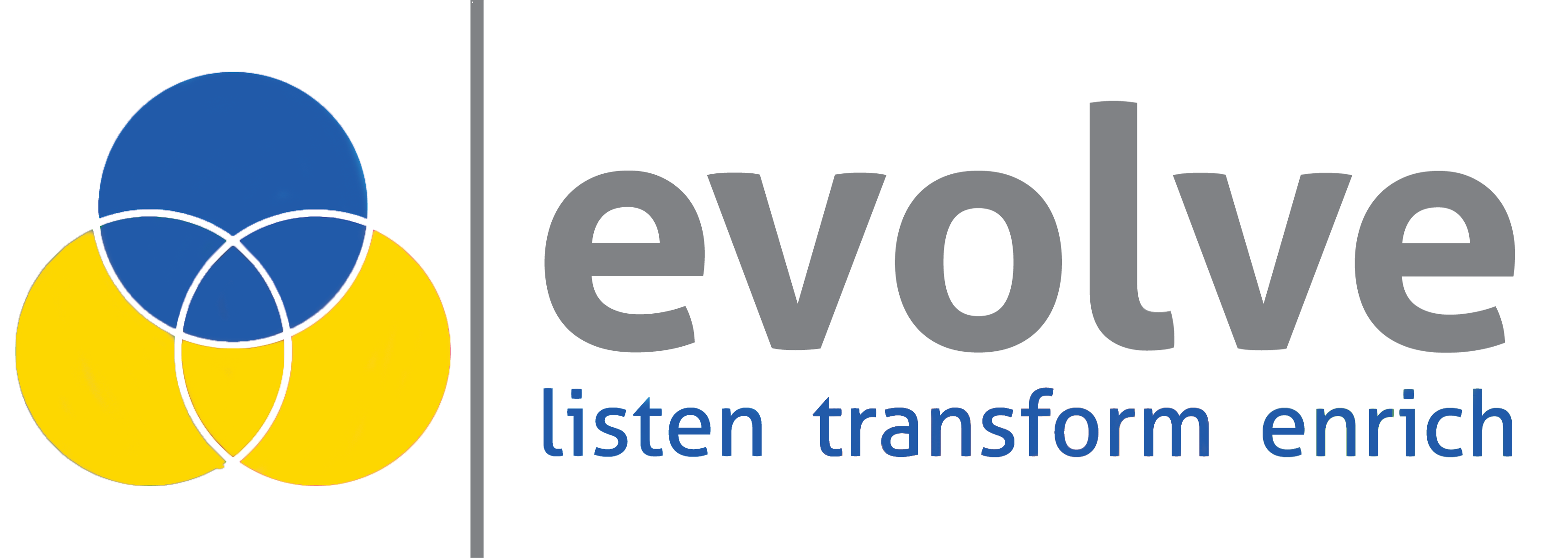The pandemic accelerated online activity across all domains. While Netflix slowed down global internet speeds, we also changed the way we worked and shopped. In other words, eCommerce and UX design just entered a whole new level.
This means that eCommerce user experience (UX) designs will dominate development budgets in 2021. It’s especially for companies struggling to stand out in a crowded marketplace. However, whether you’re trying to impress old customers or attract new ones, it’s crucial to set yourself apart from the competition by leveraging the latest UX design trends.
So, what can we expect to see in the new year? More Amazon-like pages? We think not!
Static pages that host busy galleries leave no room for creativity. But looking at what’s going on in the industry lately, it’s safe to say that it’s all about to change.
eCommerce UX Design Trends 2021
Here’s are the top seven eCommerce UX design trends we can expect to see in 2021:
1. Mobile-First
It’s no secret that eCommerce platforms have to be mobile-friendly to connect with their audience. With 54% of all sales forecasted to occur via mobile eCommerce platforms in the new year, ignoring your mobile presence can lead to significant losses.
As people often take an omnichannel, multi-device approach to shopping, online retailers need to cover all bases and ensure seamless shopping experiences. As such, expect to start seeing an all accommodating mobile-first design approach to eCommerce websites in the new year.

2. Navigation is King
Taking a mobile-first approach means choosing long scrolls over desktop clicks. While navigation menus were used to make it easy to find things (while keeping them out of the homepage), navigation menus are now considered the main event.
But what does that mean?
In this scenario, you can scroll over visuals, have navigation options, employing branding elements like colour schemes, characteristic fonts, and creative animation to guide the user through the website.

This approach makes it easier, more transparent, and much more visually appealing and exciting. It’s also a better way to make a good and lasting first impression on new visitors.
3. Cross-Selling Takes Centre Stage
Online retail is all about selling as many products as possible. That’s why upselling blocks that offer good product recommendations are growing exponentially. By providing options that complement the customer’s current purchase option, you have a better chance of closing the deal.
In this scenario, it’s critical to ensure that the actual suggestion makes perfect sense. After that, you have to use your images and words to maximum effect.
Now you must be thinking, “Amazon has done this for years,” and you’ll be right. But what I’m talking about here is taking it to the next level.
One brand that does this well is Puma, where they offer a “Complete The Look” where they showcase how the current browsed item may look like with other products.

When you click on the “Show Now” button, the looks and cross-sell items appear in a pop-up. If you’re still not convinced, you can even add your face to it. Chances are, those who take the time to do all this will probably end up purchasing more than just one item.
4. Embrace Minimalism
Your customers, like you, are bombarded by thousands of messages each day. In the new year, online retailers will be more conscious of this as audiences appreciate the simplicity of minimal designs.
Minimalism in eCommerce makes the product the star, and the user interface takes a backseat or a supporting role. To make minimalist designs work, you have to make them functional, crisp and ensure every website element is in perfect harmony. So make the most of white space, simple navigation, and large fonts while enabling increased accessibility.
A minimalist approach will also be applied to the checkout process. In the new year, online shoppers can expect to purchase items with minimal effort. To make it a reality, more work will take place within this space in the months ahead.
5. Dark Mode
We’ve had the “dark mode” option from the early days of computing, but the era of dark mode designs has only just begun. In recent years, the dark mode has become trendy because of leading social networks like Facebook and Instagram.
It’s now so popular that Android and Apple devices come with dark mode themes built-in. But that’s not the only reason behind this growing trend. The dark mode is easy on the eyes, sober yet modern, and it’s a great way to enhance certain features (you want to draw attention to). However, the best part of the dark mode is that you can switch it on and off just like a desk lamp.
6. Resurgence of UX Writing
One of the biggest trends to dominate 2021 will be UX writing. Designers often overlooked UX writing in the past because they didn’t exactly understand it.
But with the rise of mobile devices with limited real estate dominating eCommerce platforms, it’s vital to use clear and concise language that users can quickly understand (and navigate through).
For example, most hotel booking apps have moved away from the “book a room” option to “check availability,” as most users prefer not to make a reservation right away. When UX writing is done right, it will have a significant impact on your bottom line.

7. Reimagined Product Galleries
Conventional UX design for eCommerce websites often depends on large, high-quality product images. They usually placed the product pictures on the left side of the page (occupying 2/3 of a screen) with information about it on the right.
It’s so common and shares similarities across online shopping platforms. For example, you can click on the image to zoom in or out or choose a 3D product rotation to provide a 360-degree view, and so on.
However, increased competition demands creativity and innovation. That’s why we’re starting to see reimagined galleries that stand out. For example, the product gallery of the official Gucci website is memorable. The gallery has product pictures laid out one after the other. When you hover over them, it shows you the model wearing the product, its name, price, and an option to buy it.

It’s a creative and neat approach to eCommerce gallery design that we will start seeing more of in the new year.
Do you need help overhauling your eCommerce platform or building one from scratch? Schedule a commitment-free consultation with one of our in-house UX design experts.


